BYD Earns 110 Million Yuan Daily, Proving Intelligent Driving Isn't a Panacea for New Players?
![]() 03/27 2025
03/27 2025
![]() 451
451
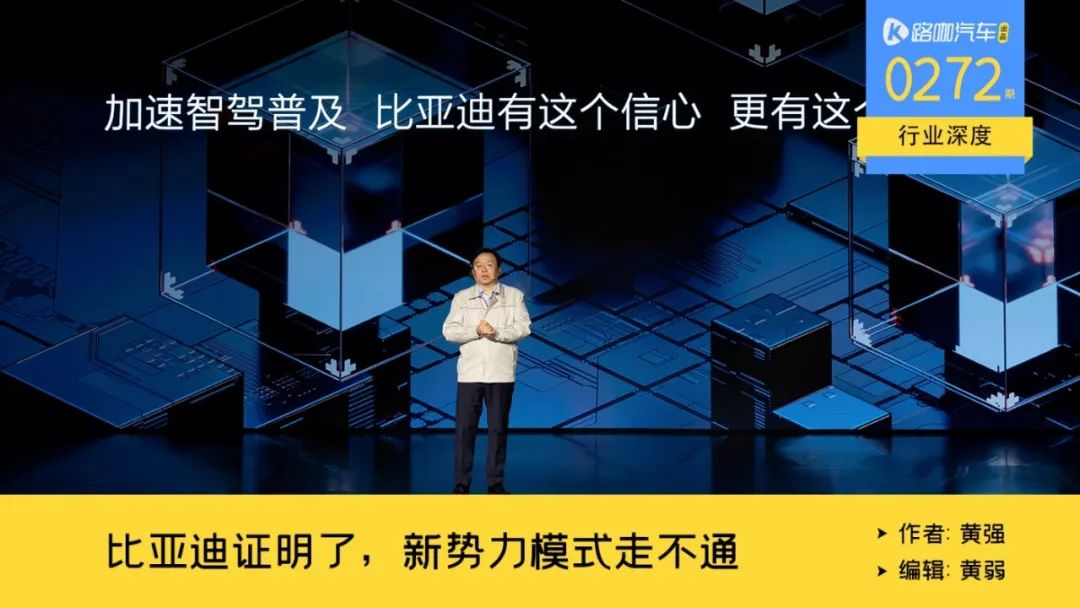
Money has a nose for profit, and financial reports reeking of losses have finally grounded most automakers.
BYD still has room to maneuver on pricing, but many other automakers do not.
To establish a commanding position in public opinion, from 2023 to the present, almost every car launch has utilized precise figures to underscore their strengths to audiences and consumers. The best-selling within 5 million yuan, the top-tier within 10 million yuan, with substantial order data exceeding 10,000 units, or even more. As fuel vehicles cede dominance, perceptions are being reshaped.
New players have made loud noises, even leaving an indelible impression on many for a time, leading technological advancements or being hailed as the next Tesla.
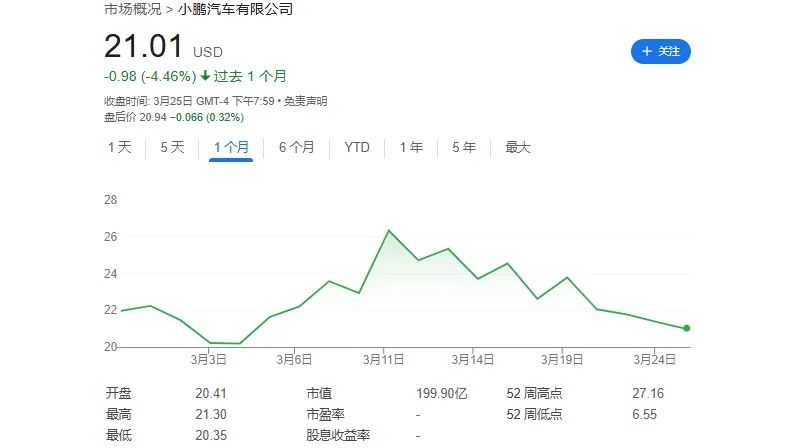
"At this juncture, all automaker CEOs clinging to fantasies should step aside." On the day BYD's financial report was released, a renowned automotive KOL offered such a verdict, which echoed sentiments beyond just him.
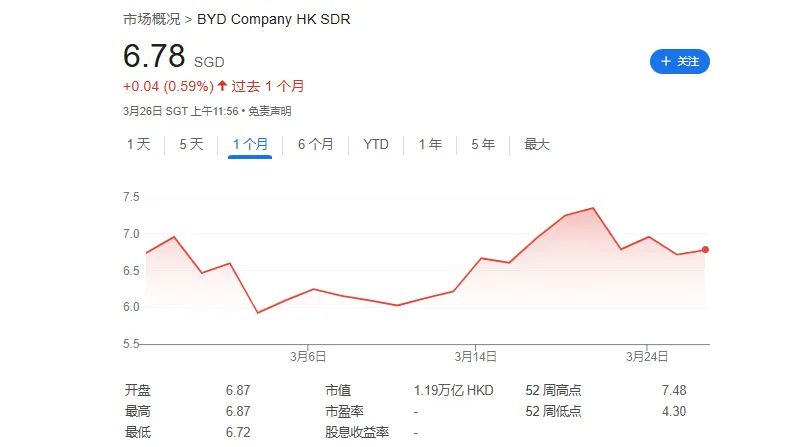
After all, the crux of business is profitability. Glancing at BYD's financial report, earning over 110 million yuan daily, and surveying other financial reports showing declines or losses, the year 2025, dubbed the first year of the automotive market's elimination round, is prompting a reevaluation of future trends.
Intelligent driving should be competitive, but it's neither a trend nor a lifesaver.
Numbers can effortlessly reshape perceptions. For instance, in 2024, the year Lei Jun nearly attained god-like status, Xiaomi's SU7 sales soared, earning Lei Jun the moniker "King of Beijing Owed Cars," and setting a record for Chinese brands at the Nürburgring Nordschleife. Then there was XPeng, hailed as the year of revival, with the XPeng MONA M03 successfully generating buzz and boosting sales as prices dropped.
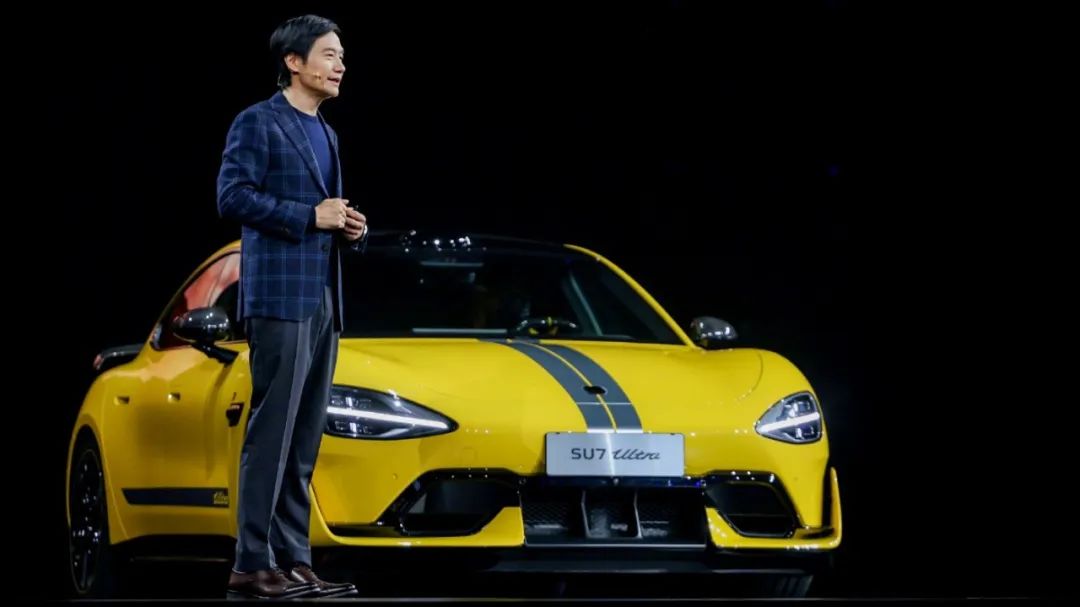
However, there's an unbreakable rule in the capital world: money has a nose for profit.
With each company's financial report release, stock price fluctuations clearly reflect the latest trends. This encompasses not just the bullish or bearish outlooks on automakers but also the attitude towards AI.
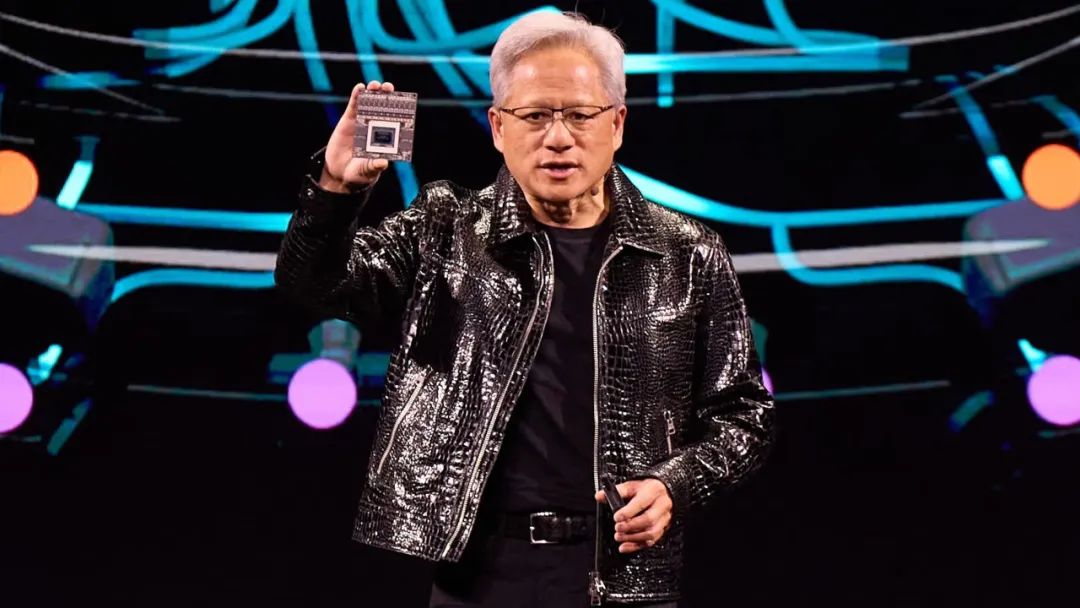
It's evident that during this year's Spring Festival, with Deepseek's debut, the US stock market panicked. Even Huang Renxun had to step forward to actively support it. The AI model born in China brings higher efficiency and more optimizations, directly reducing costs related to computing power and deployment. However, the decline in public popularity is also plain to see. In early March, various companies across different fields officially announced their access to Deepseek, but by late March, the number of such marketing efforts had drastically decreased.
Meanwhile, more similar applications from large companies have entered a growth phase, such as Doubao, Kimi, Tencent Yuanbao, etc. From February to March, downloads surged, with Deepseek ranking first at one point and Doubao only ranking third.
However, despite AI's popularity, its profitability in the automotive industry is visibly waning. With the release of various financial reports, the stock prices of companies focusing on automotive technology concepts have generally declined.
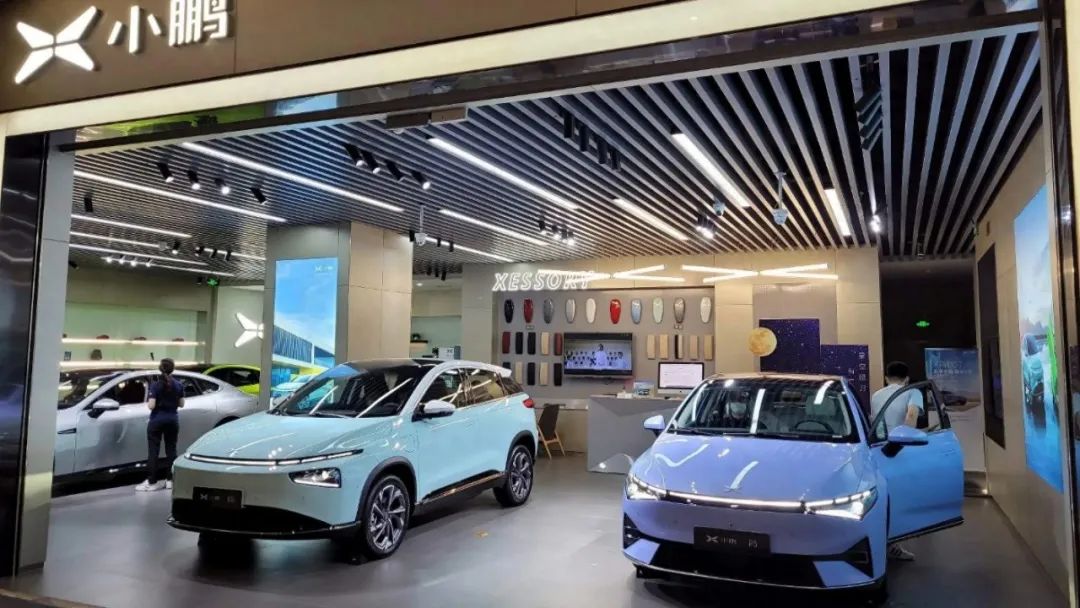
In 2024, XPeng's key data showed sales of 190,100 vehicles and revenue of 40.87 billion yuan, with increases of 34.2% and 33.2%, respectively. However, sales composed of low-priced vehicles did not yield revenue surprises, and the net loss still amounted to 5.79 billion yuan. Therefore, from a capital perspective, although XPeng is currently recovering, it cannot deliver good returns, making it challenging for investors to obtain more investment returns by investing in it.
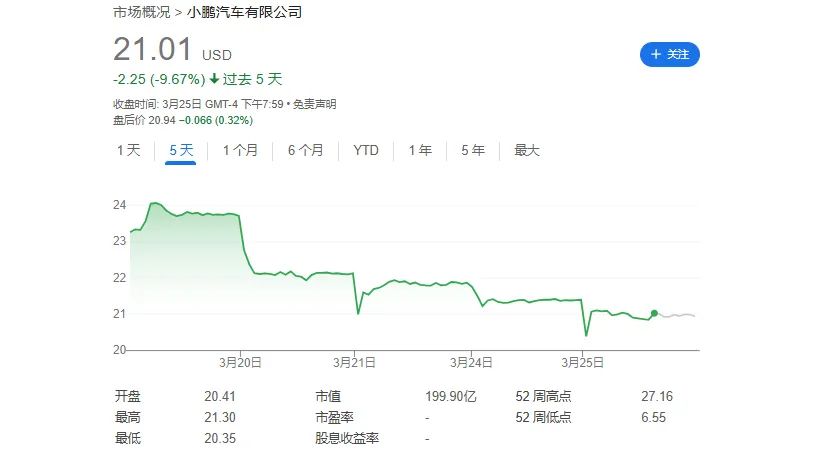
As a result, the continuous decline in stock prices forced He Xiaopeng to adopt a new public discourse, stating that new energy vehicles should compete not on low prices but on technology. This is essentially to bolster capital confidence, after all, he's running a business that has lost money for several consecutive years.
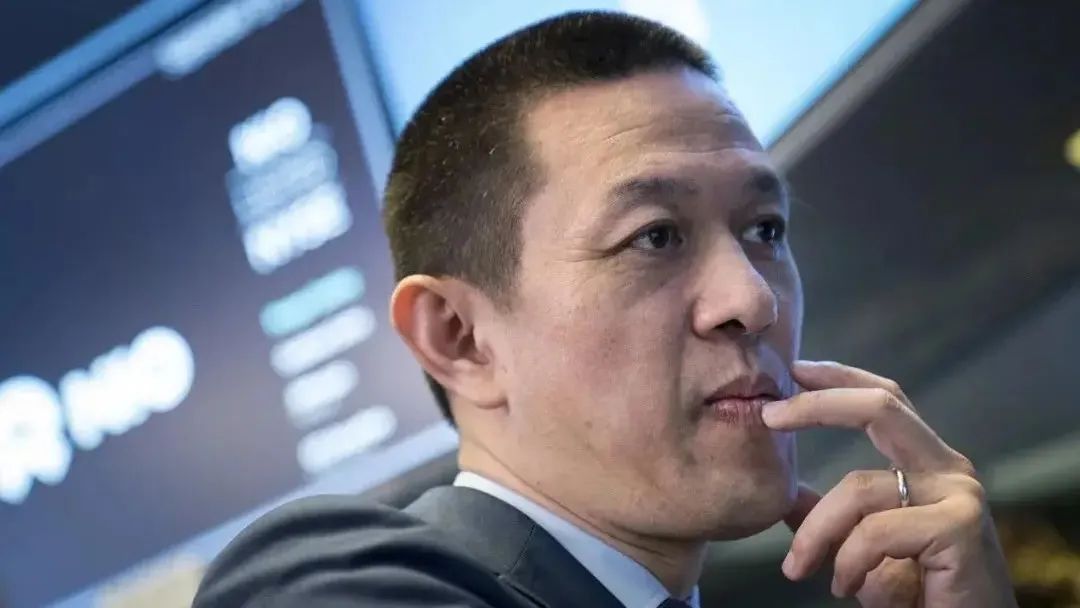
NIO's financial report showed a revenue increase of 18.2% to a total of 65.73 billion yuan, with sales volume increasing by 28.1%, but losses also exceeded 20 billion yuan.
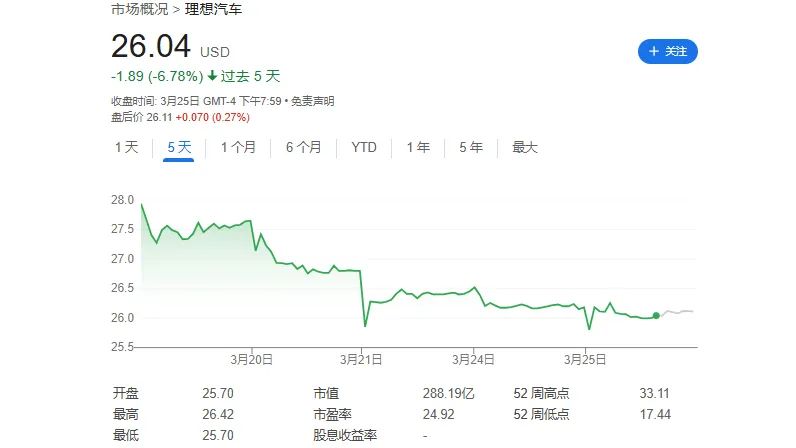
Li Auto's financial report showed a revenue increase of 16.6% to a total of 144.5 billion yuan, with sales volume exceeding 500,000 units again, but profits dropped from 11.81 billion yuan in 2023 to 8 billion yuan in 2024.
The above data highlights the current challenges faced by AI, or rather, the challenges of the past five years. AI is indeed popular, but it cannot complete a commercial closed loop in many aspects, so it remains unclear whether it can deliver high value and returns in the short term.
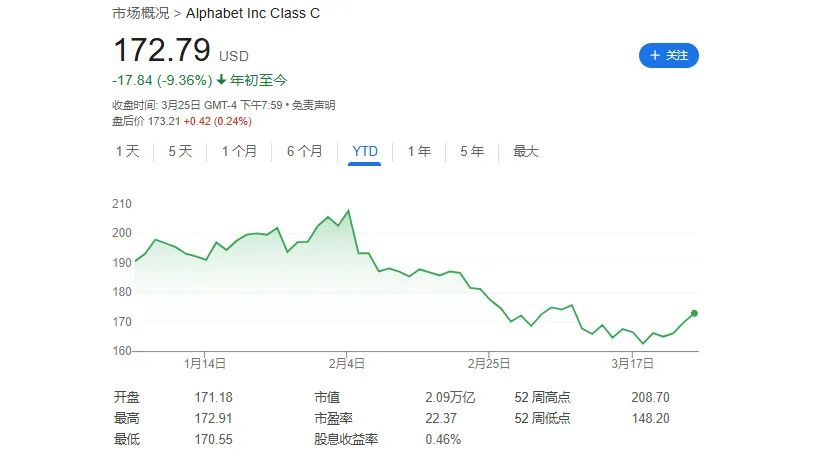
To sustain a business, profit is essential for long-term development. However, current AI cannot yet provide this capability, so most automakers can only continue to incur losses and endure. Even Google and ChatGPT find themselves in the same predicament.
Therefore, when BYD released its financial report, it brought a sense of calm. Its numbers are not solely attributable to technological progress but also to a commercial closed loop. For AI and intelligence, commercialization is the current challenge.
Will the new force model falter in the future?
Before delving into BYD, attention should also be paid to Xiaomi. On March 25, Chinese technology stocks generally declined. Although Xiaomi delivered an impressive scorecard in its first year of car manufacturing, far surpassing the profit performance of many mainstream automakers in the market, it also announced a plan to raise $5.5 billion through additional share issuance.
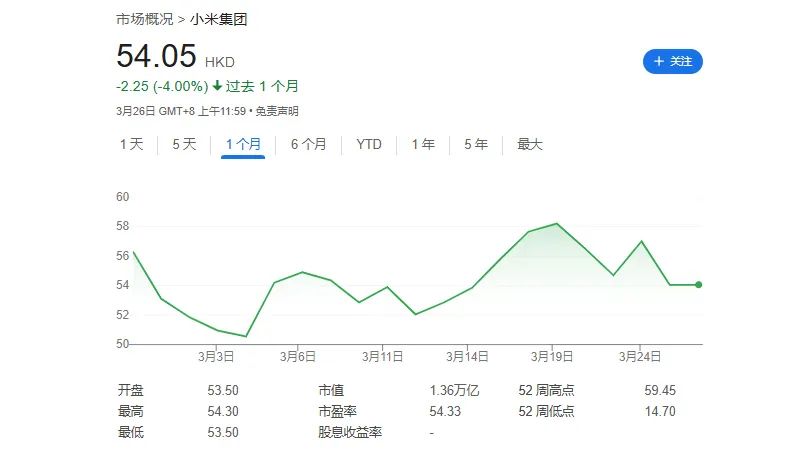
Other technology stocks, including Alibaba, Horizon Robotics, Hesai Technology, etc., which are involved in the cockpit and intelligent driving, have also generally declined. Monetizing AI is a major issue currently facing the industry, especially as global financing becomes increasingly difficult, unable to support the dream of many automakers to "burn through to the turning point."
Let's delve deeper into BYD's financial report to uncover more growth insights.
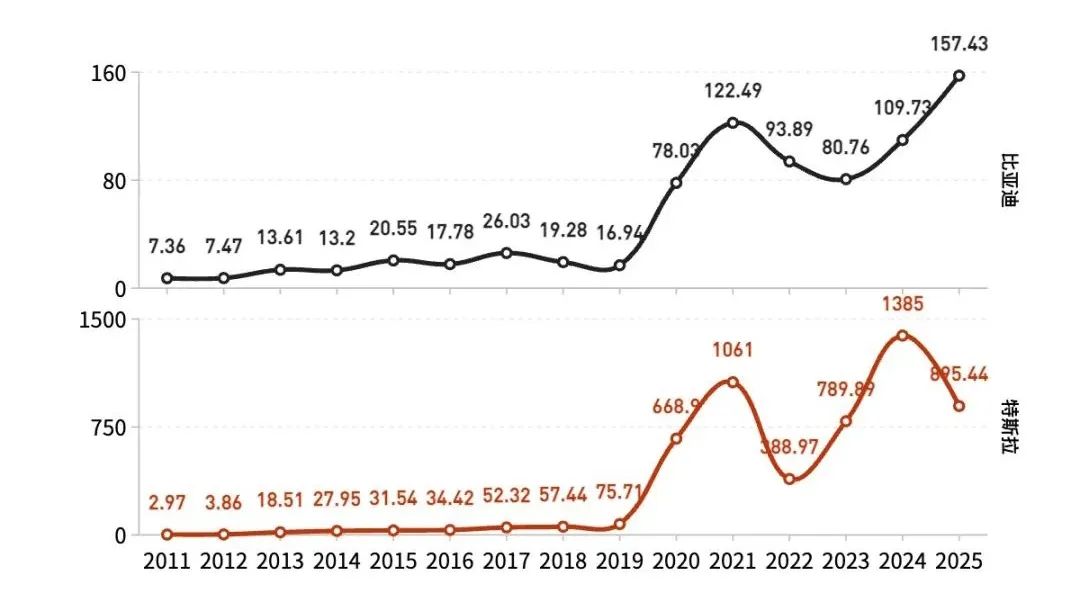
Earning 112 million yuan daily, with revenue of 777.1 billion yuan and cash reserves of 154.9 billion yuan, these aren't just impressive numbers. Net profit attributable to shareholders was 40.25 billion yuan, with a year-on-year increase of 34%, outpacing its revenue growth of 29%. Admittedly, BYD faces numerous challenges, such as supplier payment models, other capital-level operations, and options that will require significant spending in the future. However, it's meaningful that it can deliver such a scorecard in today's automotive market.
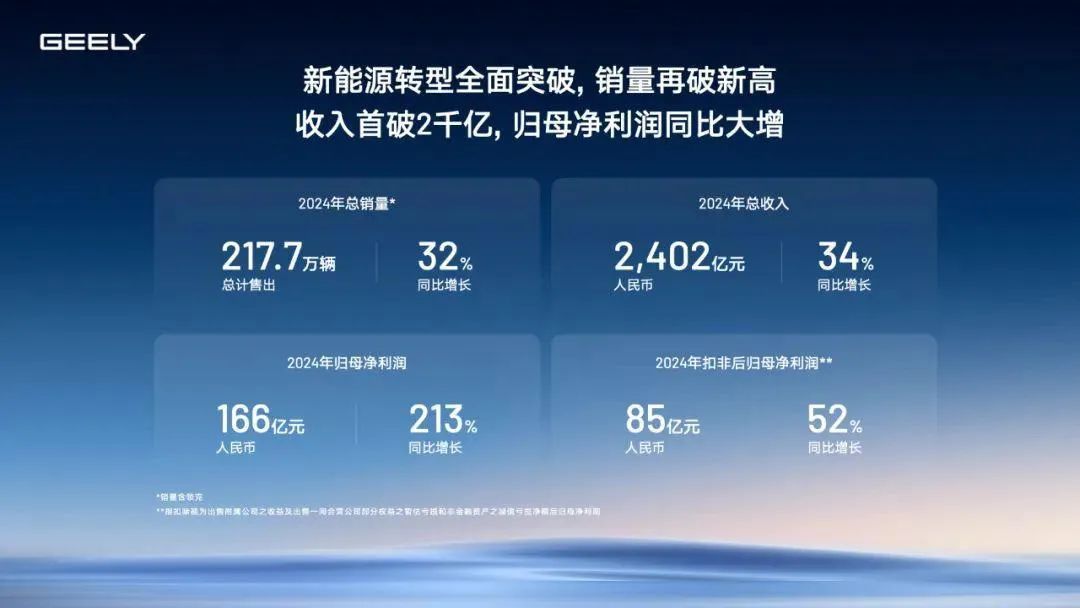
Geely Automobile is also on par with BYD.
Moreover, for the first time, a Chinese brand has reached such a lofty position in the Chinese automotive market. Every step it takes is essentially uncharted territory, as there are no particularly noteworthy precedents to draw upon.
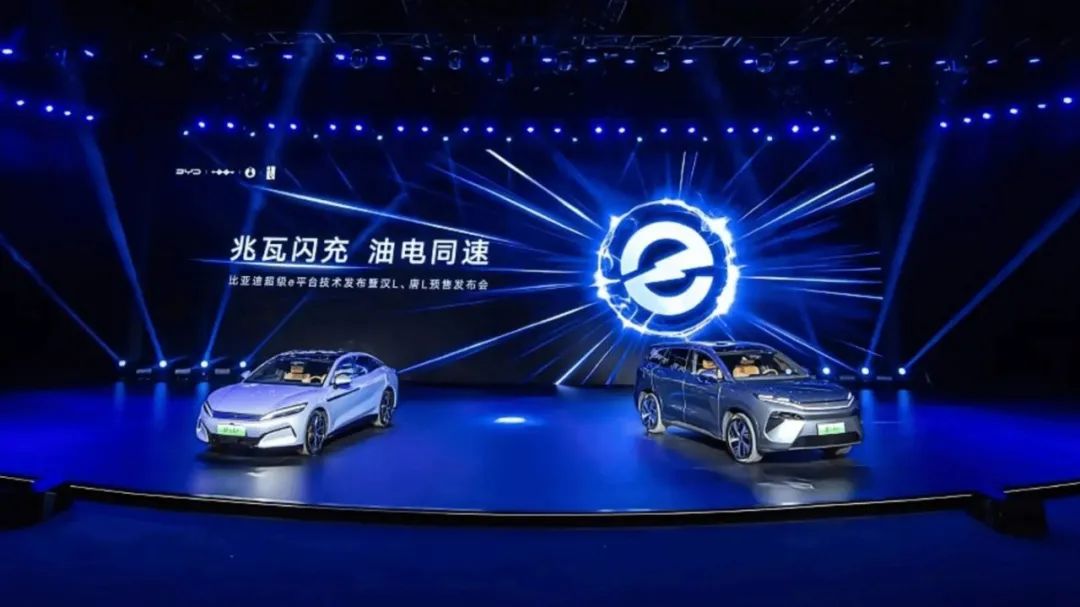
BYD's current performance can be attributed to three factors: scale, technological leadership, and energy business. Scale speaks for itself, as the cost of a technology platform is continuously amortized due to large sales volume. Consequently, in the first half of 2024, BYD's gross profit margin per vehicle soared to 35%, resulting in the current scorecard of earning over 8,000 yuan per vehicle on average. Technological leadership pertains to the three electrics: blade batteries in the pure electric field, from DM-i to the fifth-generation DM in the plug-in hybrid field, and the latest super e-platform and megawatt flash charging. These encompass new motors, batteries, and faster charging speeds.
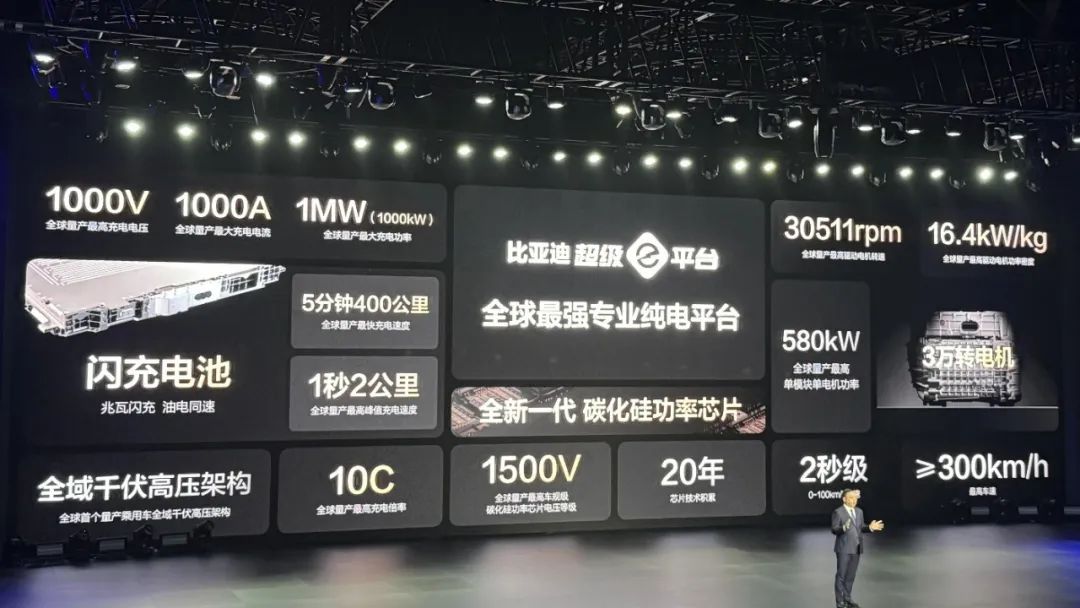
The energy business refers to the external sales of its power batteries. To date, many automakers have utilized related products. Statistics reveal that in 2024, BYD's sales of power batteries to new players brought it profits exceeding 1 billion yuan. Next, BYD aims to sell batteries overseas.
Therefore, a meticulous breakdown of its financial report provides a clear answer: the intelligent driving that the industry is currently fiercely competing in requires a robust underlying foundation to have certain profit value. In layman's terms, it can add a cherry on top but cannot provide timely assistance.

Simultaneously, observing several automakers that have swiftly emerged victorious from market competition, they all share a common theme: focus on the underlying foundation before competing in intelligent driving.
For instance, nine years ago, Tesla went from near bankruptcy to a turnaround overnight by launching the low-priced Model 3, which achieved globally high pre-orders. However, subsequently, the FSD, once deemed world-changing, suffered consecutive setbacks. Despite Musk establishing Dojo, supercomputing, and being a leader in intelligent driving-related technologies, the FSD's adoption rate in the North American market, which has no competitors, was only 19% in 2024.
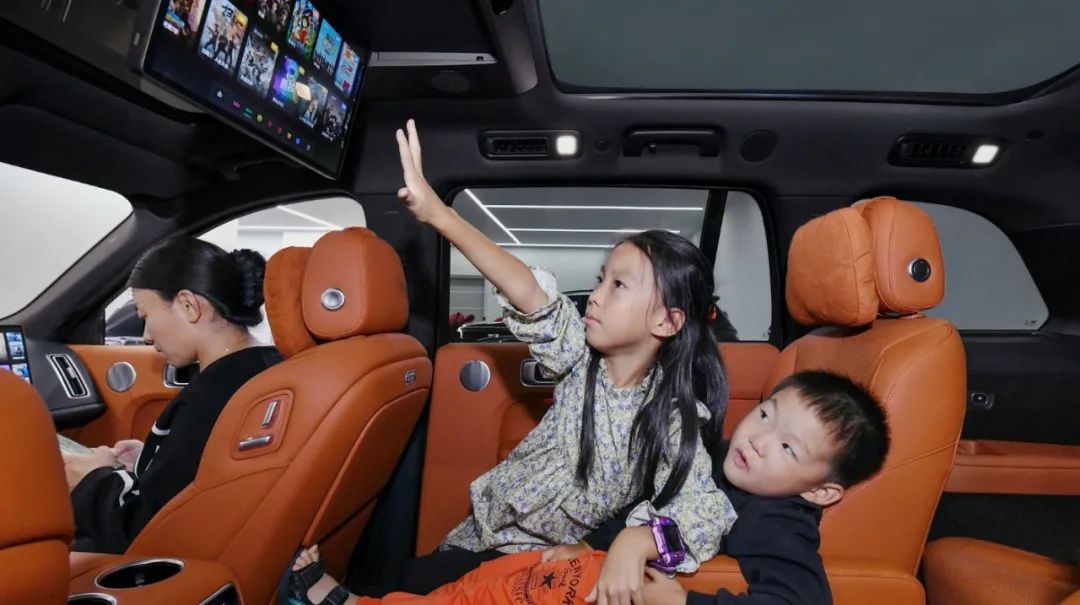
Another example is Li Auto, the first new player to achieve profitability, and Zero Run, which followed Li Auto's path. What truly enabled them to break through the market was not intelligent driving or the cockpit but product definition. Li Auto essentially met the rigid demand of dads with a budget exceeding 250,000 yuan and won over many users who distrust pure electric vehicles but also dislike driving pure gasoline vehicles. Only then did they gradually increase their focus on intelligent driving. Yes, Li Xiang stated in a live broadcast that they would focus on becoming a globally leading technology company in the future, but he had already laid a solid foundation.
Zero Run follows the same logic. Although it has certain intelligent tags, its core competitiveness lies in learning Li Auto's product definition model and BYD's self-research, self-production, and self-manufacturing model. Essentially, it's akin to Xiaomi's phones in previous years, learning from iPhone while continuously optimizing costs.
Furthermore, examining the latest actions taken by the top two new players, we can also discern a rhythm of "beginning to calm down."
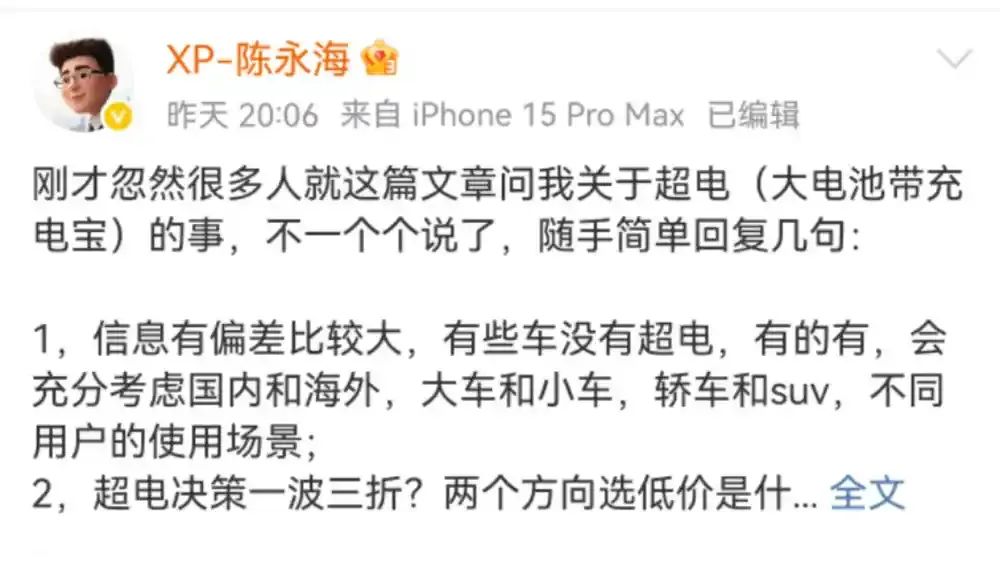
XPeng Motors has reportedly fully embraced the extended-range powertrain, with at least five planned extended-range models, including sedans and SUVs, akin to the XPeng P7 and G6 both launching extended-range versions. There's a slight difference from the existing extended-range logic, as it adopts a mode of large batteries with portable chargers, with an estimated base electric range of over 400 kilometers. Undoubtedly, this is a continuation of the existing low-price strategy. Indeed, He Xiaopeng set a flag of "building a new car priced at 500,000 yuan" after the financial report. However, everyone knows that the path for this new car will definitely mirror that of the AITO M9 or Li Xiang L9, with the size of a Range Rover, GLS, or X7, but at half the price.
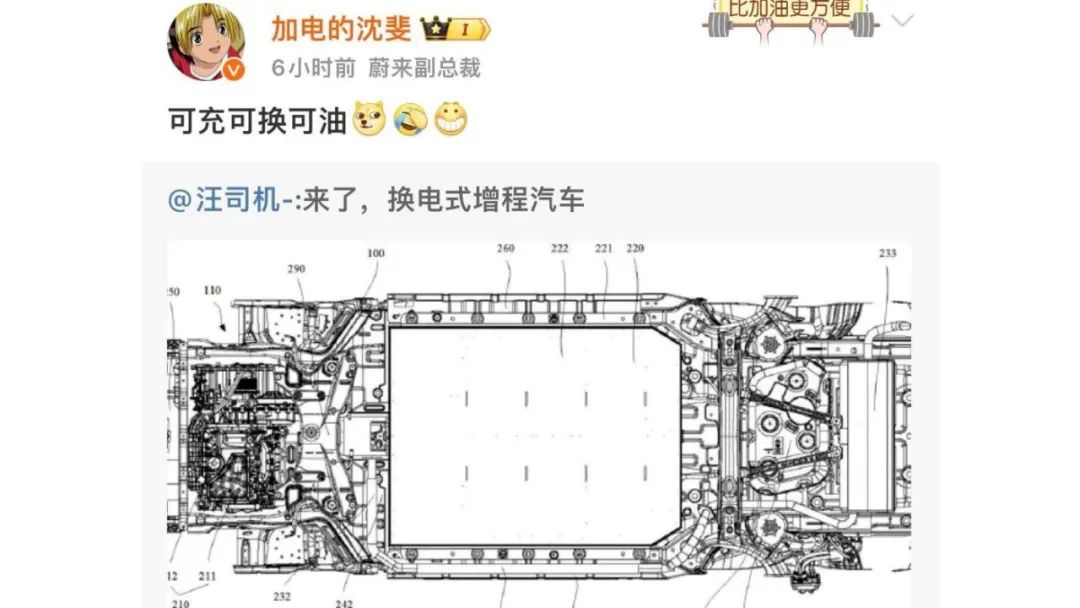
NIO has also made new strides in extended-range technology, with Shen Fei, the vice president in charge of the energy business, participating in a public discussion on battery-swapping extended-range vehicle technology. If this had occurred a year ago, his discourse would have highlighted the various advantages of battery swapping over extended range. Now that the Firefly is about to launch an extended-range version in overseas markets, the shift in his tone also reveals much.
Written at the end
In conclusion, for the vast majority of automakers, intelligent driving is currently a burden.
Everyone wants to label themselves as highly intelligent to gain
Moreover, despite Xiaomi's thriving car sales, a closer look reveals that Lei Jun's emphasis lies primarily on the automobile itself, with intelligence playing a supporting role.
Hence, there is a misconception that needs rectifying. Intelligence is undeniably the future, but it is not yet the prevailing norm.







